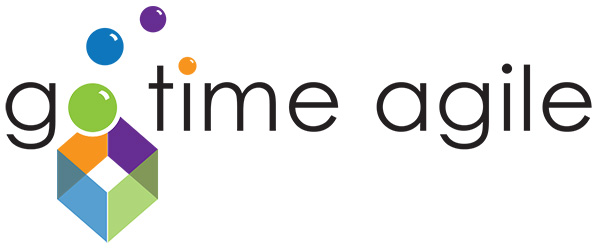We were faced with some huge issues at Iomega in the late 1990s. The 100MB Zip drive was selling great, but we could see that there could be rough times ahead. We were faced with two huge issues over which we had no control.
When the Zip drive was introduced at the end of 1994, the typical personal computer hard drive had between 170MB to 340MB of capacity. This meant that each Zip disk could hold about 30-60% of the hard drive’s data. That was a great ratio. A few years later, the standard hard drive capacity was closer to 1GB. At 10% of the computer’s capacity, the Zip’s perceived value was greatly diminished.
The other issue was price. For more than a decade and since its introduction, the typical computer retailed at about $2,000. Some were less. Many were more. The external Zip’s price wasn’t a significant addition when it was introduced at a retail price of $199. Before the end of 1997, the company began pushing hard to get internal Zip drives to be standard items in computers. It looked like we could have some huge success, until there was a cataclysm in the market. What felt like overnight to us, the average price of personal computers dropped to $1,000. Computer OEMs told us that we’d need to drop our price to them dramatically to be included in their products. One major manufacturer told us they required a price below $19 to put it in all of their systems.
It wouldn’t take long for consumers to decide that the product was too small and too expensive. Our corporate strategy group was consumed with these issues. We began doing extensive research on market and technology trends. We looked for examples in other markets from which we could learn. We began high-level discussions with computer and component manufacturer to learn as much as we could about was happened and what may happen in the future.
My manager, Tony, and I visited with one of the chief scientists at IBM’s hard disk drive group in San Jose. The man said that they were afraid that they would hit a wall at about 20GB of capacity. He said that they weren’t sure what technology would bring them past that barrier. Tony challenged him on this point, but the man insisted that until there was a big announcement by someone, that we should consider that 20GB would be the largest capacity that a 3.5” hard drive could get.
As we left the meeting Tony shook his head. “I’m not an expert like that guy is, but I know that he’s wrong.” Tony went on to talk about how HDD capacities grew with innovations like the MR and GMR heads. “I don’t know how they will do it, but they will. I bet that capacities will continue to grow like they always have without any interruption. “
At about the same time, I was considering a move back to California to be closer to my parents. I didn’t want to leave the company, but I decided to test the waters a little. I was able to get an interview for a product manager spot at Quantum, a leading HDD manufacturer at the time. At the interview, the man asked me what I thought the big challenges the company would face. I told him that with the sharp decline in the retail price of computers, there would be heavy pressure for HDD manufacturers to get their wholesale prices below $100.
“That’s impossible.” He told me.
I responded, “Well, I don’t know enough to say whether it’s possible or not. I’m just saying that you will need to do it.”
He went on to tell me that they had reduced the cost out of every component so far that there weren’t any additional costs that can get squeezed out. He began to get irritated, “Do you want me to leave out some screws to save a yen or two? The drive will rip itself apart! There isn’t any way we’ll ever get below $100!” You could say that the interview didn’t go well.
I just checked the web site for Fry’s electronics. I can buy a 1 terabyte HDD for $80 retail. Why is it that Tony and I could better predict the future of the hard drive industry than these two experts who worked at hard drive companies? It’s probably because we immersed ourselves in the macro trends of the overall market and where it was going. They were so tied up the very short-term issues of their jobs that they allowed themselves to be blind to what was going on beyond the walls of their buildings.
IBM sold its HDD business of to Hitachi Global Storage Products. Quantum was purchased by Maxtor, which was later bought by Seagate. I’m not saying that these two businesses ended because of the blindness of these two men. I am saying that those that allow themselves to become oblivious to the currents of the market will drown in them.

Recent Comments